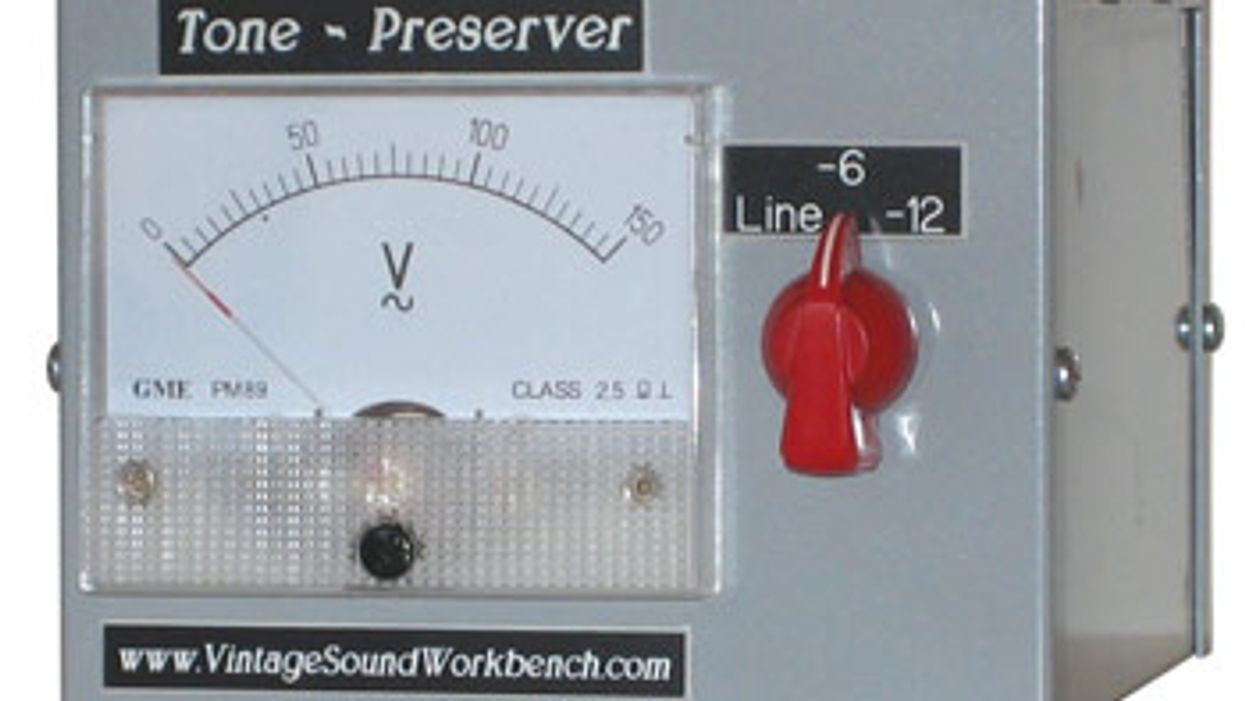Search
Latest Stories
Start your day right!
Get latest updates and insights delivered to your inbox.
ac-outlet-club-variac-disaster-environment-voltage-proper-tank-built-feature-build-vintage-design-labor
Don’t Miss Out
Get the latest updates and insights delivered to your inbox.
Recent
load more
